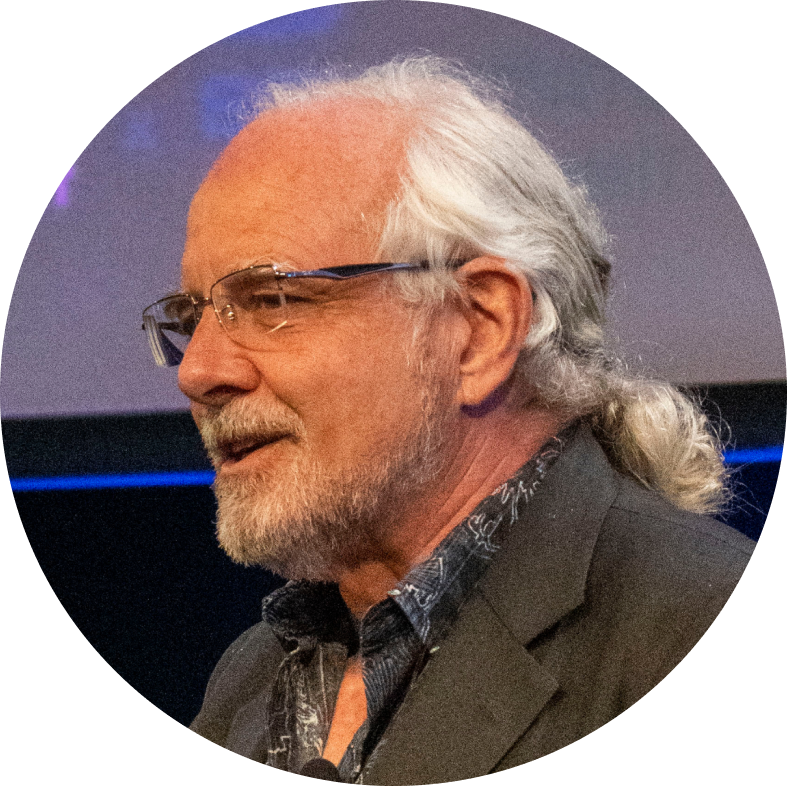What Could Possibly Go Wrong?
One of Larry’s favorite memories in his career will sound familiar to those who know about LENR’s origin story. In the latter part of 1990, he walked into the chemical engineering department at Rochester and noticed an unusual printout from the thermocouples that measured heat transport in the calorimeter. Normally, water does not exceed its boiling point of 100 degrees Celsius (212 degrees Fahrenheit), but the chart showed a sudden spike to 110 degrees Celsius in the middle of the night before decaying back down.
Upon further investigation, Larry discovered the cathode had vaporized inside the cell. He contacted Jacob who had been in the lab after Larry had left the previous evening. Jacob had initially turned off the power supply but then changed his mind and turned it back on, inadvertently causing the unexpected event.
It echoes the same event that happened in Drs. Stanley Pons and Martin Fleischman’s lab, where Pons’ son inexplicably cycled the power resulting in an apparatus explosion and the removal of a thumb-size piece of cement in the floor under the fume hood. He’s talked to Martin about this incident, as well as a chemistry department graduate student who learned of the event the next day. This remarkable occurrence evoked his awe and incredulity, but sustained the intrigue of science and solid-state fusion for him.
A Promising Path for Sustainable Power
Larry believes that on a small scale, there is limited time to commercially deploy millions of devices for widespread impact within twenty years. Instead, he suggests using LENR-based technology to augment existing nuclear power plants, which have already obtained licenses. This approach would reduce nuclear waste, improve power generation efficiency, and circumvent the licensing challenges of building entirely new reactors.
Larry takes scientific risks but emphasizes the importance of obtaining approval from regulatory bodies such as the Nuclear Regulatory Commission (NRC) and the International Atomic Energy Agency (IAEA), as well as the advisory Nuclear Energy Agency (NEA) based in Paris, France. By leveraging existing infrastructure and addressing regulatory hurdles, the next step would involve constructing reactors with more LENR components that would eventually eliminate uranium enrichment and minimize plutonium buildup. These would enhance nuclear non-proliferation as well as offsetting carbon dioxide and methane buildup in the atmosphere.
This technology can be scaled up, and will need to be rapidly scaled up to address global environmental issues. However, the science must be understood for applications to develop and grow. Larry is encouraged by the increasing number of scientists, especially young scientists, who are starting to work in solid-state fusion (backed up by increased funding and opportunities, such as the DoE ARPA-E LENR Program). As a scientist who has worked in the field for decades, Larry recognizes a new generation of multi-disciplinary scientists must be supported and should be inspired by this work. As we work towards a better understanding of solid-state fusion and its potential, we work towards a better future for all of us. This is Larry’s goal and that of many other scientists working in solid-state fusion on their journeys of discovery.
